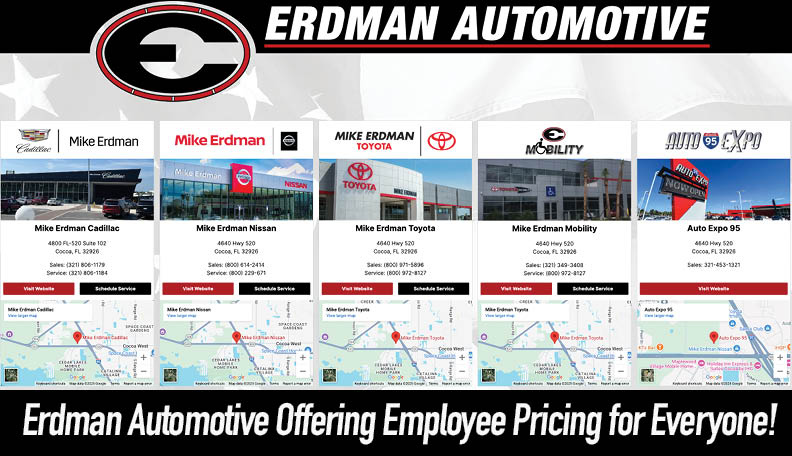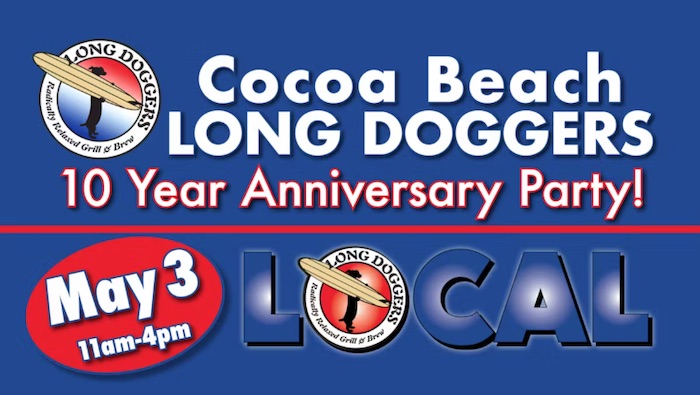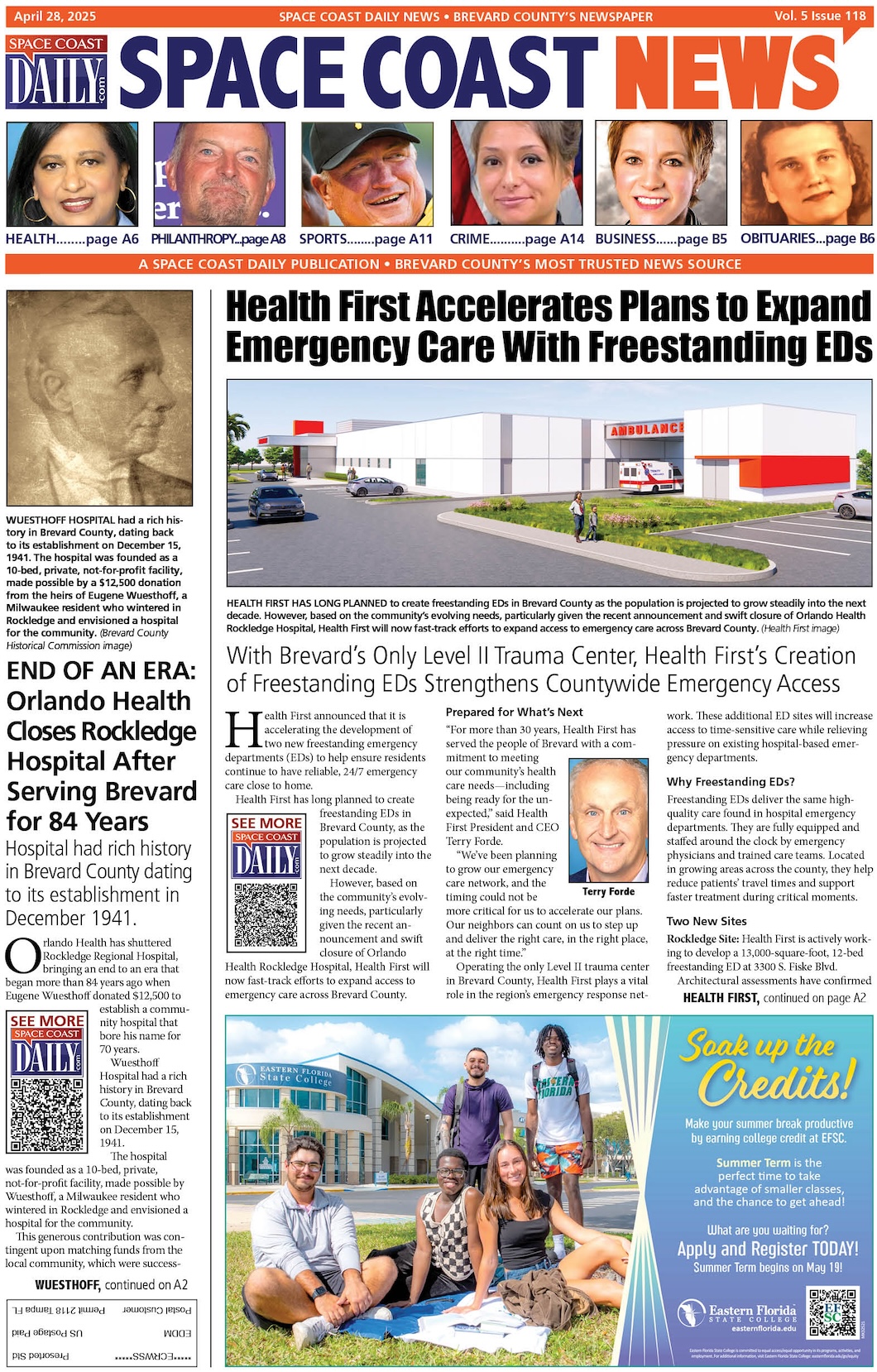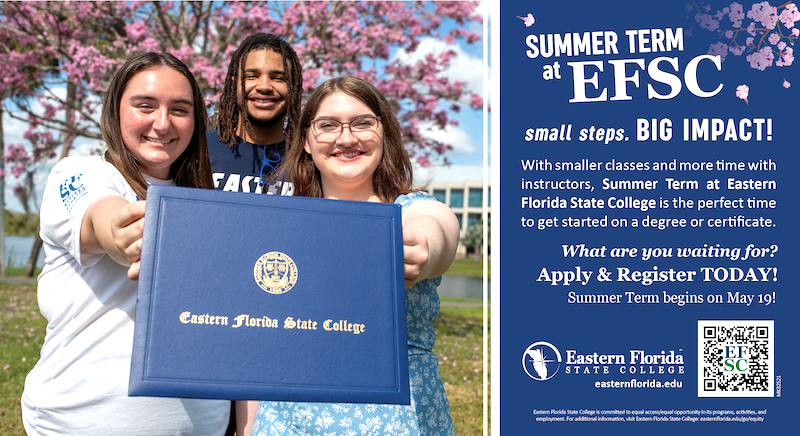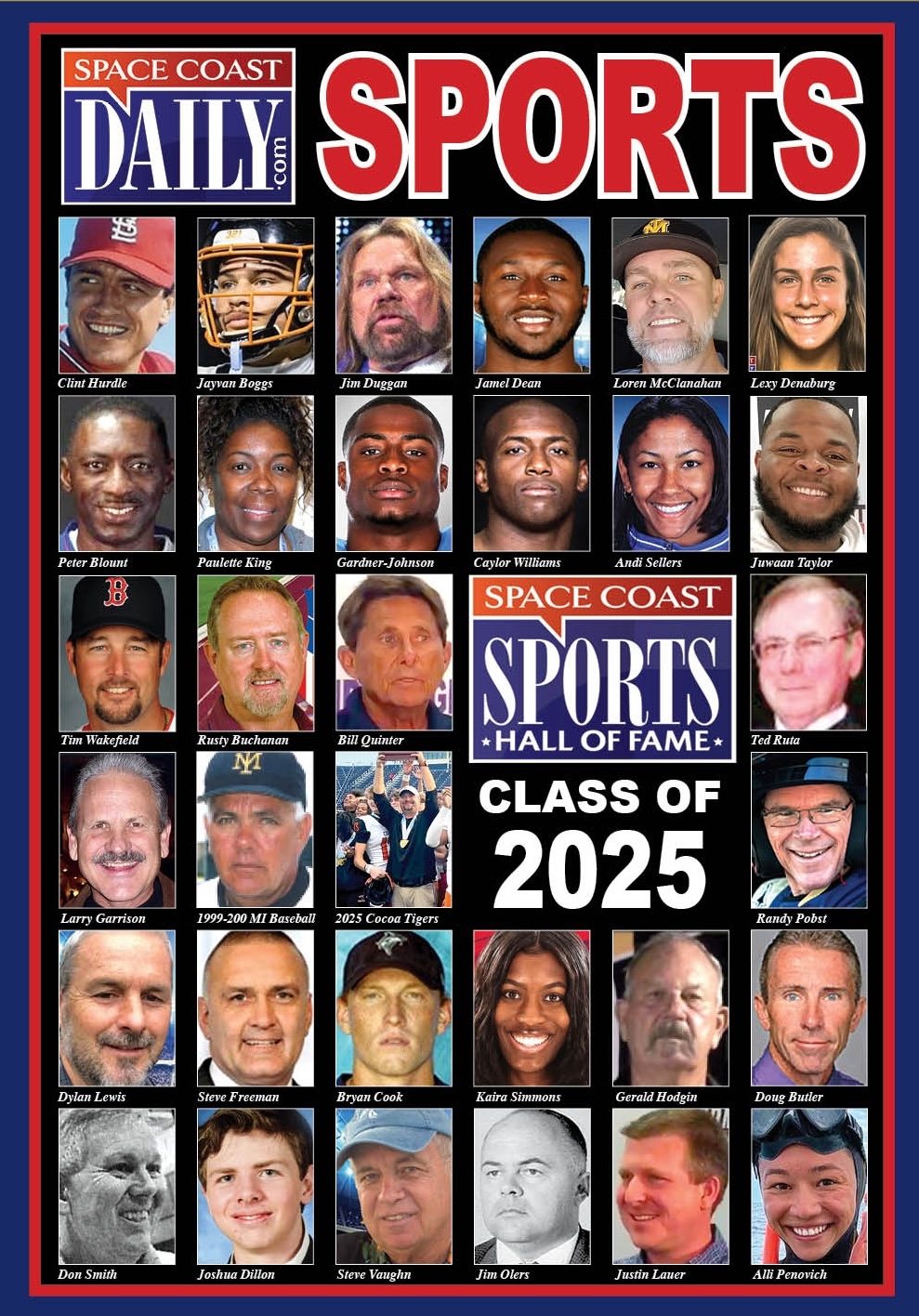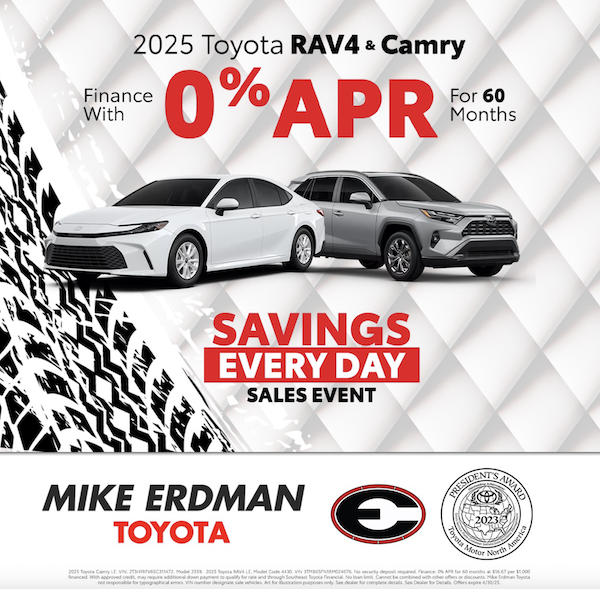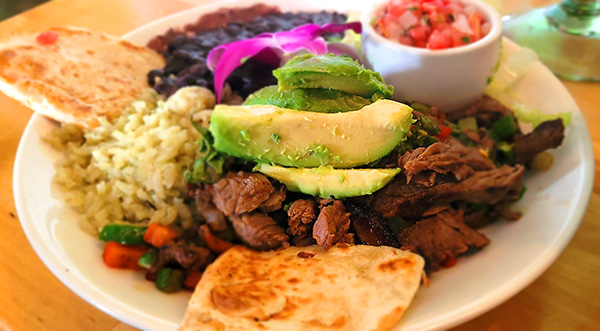Top 6 Examples of Brilliant Email Marketing Campaigns
By Space Coast Daily // August 20, 2021

Beauty is in the eye of the beholder. This article is about a few email newsletter examples that captured our hearts. Thousands of marketers around the world dream of sending perfect newsletters to their subscribers.
While there are many ways to measure the effectiveness of your email marketing, the most important thing is what subscribers think of your newsletters.
In this article, we decided to take an in-depth look at the visual component of digital marketing campaigns sent by brands in various industries.
In search of inspiring examples, we looked through our inboxes and reached out to our colleagues (digital marketing experts). If you’re an expert yourself, we’d really appreciate it if you could share some useful information in the comments below.
Nowadays, it’s almost impossible to create a successful software product alone (especially when developing or customizing a b2b ecommerce platform), that’s why most projects are a team effort. Here you can’t do without soft skills. Every developer needs them to interact with colleagues as effectively as possible.
Below we added 5+ examples of successful email campaigns, describing why they’re so great.
Top 6 Successful Email Marketing Campaigns
The New York Times. Cooking Newsletter
What: weekly recipe recommendations as part of a subscription to the NYT Cooking Newsletter.
Why: we read this company’s newsletters regularly and don’t miss a single thing. Why? Their images and message are simply mesmerizing, professionally designed/written by Sam Sifton, founding editor of the New York Times, Culture and Lifestyle coverage. These emails are very informative yet inviting to dialogue. Sam shares funny life sketches, recipes, and news related to culinary inspiration and food. He also provides great cooking advice every week.
We love how two supposedly moribund media outlets (email and newspapers) have joined forces to come up with something fresh. Something that subscribers will gladly share with each other.
Patagonia. Welcome Emails
What: the first email you receive after subscribing to their newsletter.
Why: Patagonia’s welcome emails set the bar for future newsletters. And this one did a great job. First-time visitors will notice information about free shipping on orders over a certain amount at the top of the page. That’s how Patagonia “hints” at how much it would like you to spend in the online store.
The email’s headline invites customers to get to know the brand better. Next, the company tells you what content you will receive, without, however, mentioning the periodicity of the newsletters. At the bottom of the page, there is a link to their Return Policy. All of this lays down certain expectations with the audience, which is essential for online stores.
The only thing we would change is the “Our Mission” section. Most people support the idea of saving our planet. However, without context, that statement doesn’t make much sense to readers.
That’s, in fact, a missed opportunity. A welcome email is a great way to say what makes your company unique. Just one or two short lines including a link to the website will be quite enough. It can also be a stylish CTA button.
American Express. Online Chat Support.
What: a letter promoting a live chat service in your Amex account.
Subject line: “Have questions? Get answers in our live chat service!”
Why: this newsletter is a win-win situation, let us explain why. While many banks try to discourage customers from contacting them directly, Amex does the opposite. The company actively promotes its live chat service to select members via their Amex Mobile app (iOS & Android). Customers now have the opportunity to ask questions and quickly get their answers. This is how the company builds the idea in customers that having their membership is beneficial. They also listed its benefits in the newsletter.
Companies that don’t continually release new products or services sometimes have a hard time finding topics for their newsletters. Amex has found a great way to solve this. The headline of their newsletter gives a clue as to what the email is all about.
A clear benefit of live chat is described right below the headline: “Get a quick response.” Then you can also see a screenshot of the live chat with an expert, which leaves no doubt about what the email is about. By the way, we checked their live chat and had a response in less than a minute!
Live chat is profitable for Amex as well – live chat costs are lower when compared to phone support. Consequently, this email marketing campaign is beneficial to both the company and its customers.
Mixmax. Welcome Emails
What: a welcome email with tips (GIF animation).
Why: for new Mixmax (a sales engagement platform for Gmail) users, not familiar with the functionality of the platform, the company provides tips on how to work with their service.
Such emails are typically sent once every three days. This way clients don’t feel uncomfortable working with the product and quickly learn everything. Their newsletters also contain useful ideas about how to write cool letters.
New Balance. Most Popular Products
What: an email marketing campaign from the NB’s official online store.
Subject line: “These products get the best reviews.”
Why: overall, NB has set the bar unrealistically high for email marketing and advertising campaigns this year. This year, the brand is still rolling with it. Earlier this year, they announced a partnership with Stone Island – so we can expect their first joint release at the end of 2021.
Personally, we liked the email simply because of its subject line that corresponds to the inside content. The body of the email features the most popular sneaker models and review samples. The products here literally speak for themselves.
Magic Spoon. Welcome Emails
What: a welcome email from the Magic Spoon’s official online store.
Subject line: “Ready to make your morning twice as enjoyable?”
Why: the email is a great example of an email marketing campaign that any online store can take inspiration from. The email instantly sparks curiosity with readers by asking two questions in the subject line and in the headline:
1) Are you ready to make your morning twice as enjoyable?
2) Do you believe in magic?
You just can’t help but scroll down the page! You want to know what it’s all about, don’t you? After scrolling, you realize that the company has recreated your favorite cereal from your childhood but made it healthier. Now you know it’s the breakfast of your dreams! Next comes an enticing CTA button that says “Try.” It pushes you to take action in a second!
If that’s not enough, then there are reviews from satisfied customers and an image of a girl holding a stack of cereal boxes. Everything in this email seems magical to the smallest detail: a riot of flavor, juicy colors, cereal fluttering in the air, prominent CTA buttons in all the right places, and a 100% happiness guarantee in the footer. All in all, this letter won us over because we just adore cereal!
Bonus Example
Virgin Holidays. Regular Newsletters.
Saul Lopez (ex marketing CEO at Virgin Holidays, London) says email plays a “huge role” in Virgin Holidays’ marketing strategy. In fact, it’s the second-biggest source of revenue after contextual advertising.
The company uses email marketing to increase sales at all stages of customer interaction: before a reservation, after it, and after returning from a trip. The key goal is to manage customer interactions throughout the entire customer contact period, not just on marketing and service issues.
As a result, a different strategy is developed for each stage of the interaction, and email marketing performs different tasks in each of these strategies.
Lopez led the team that won the 2017 International Masters of Marketing Award in the email marketing category. The company partnered with Phrasee (an AI company) to create the most effective email themes to engage customers.
They also worked on building momentum for content development with Movable Ink, an information technology company. For this, the goal was to introduce real-time data, e.g. weather reports, pricing information, and the number of people viewing specific offers. They also installed Adobe Campaign to centralize and coordinate interactions between teams and channels.
A contextual email marketing campaign was visually appealing, yet timely, relevant, and valuable to each individual email recipient. The goal was to convert website visitors into real customers, and the result was a 31% increase in website traffic.
The number of recipients who read the letters increased 65% over the previous sales period. While total revenue from customer relationship management increased 37% to £10.6 million.
At Virgin Holidays, there are several ways to determine the success of a campaign. They look at all the marketing interaction points and their impact on conversions. After that, they calculate the attributable profit for those points.
The company also has another set of performance metrics that are more dependent on the quality of their customer service. It allows them to study customer satisfaction at each stage of interaction and understand if there is an increase in the indicators.
The company also pays attention to the level of customer engagement, the number of open emails, and clicks.
Things to Keep in Mind
Clarity is one of the best practices in email marketing. You should be clear about how many emails you need to send to your customers. In addition, you should segment your TA based on an analysis of their behavior that you’ve learned from your drip campaigns (time-based emails) & through conducting online surveys using a survey software
One way to nail email pitching as a brand is to use templates and tailor the final email to each recipient. This will cut down the time you spend crafting each email from scratch.
Another crucial thing to remember is that your customers don’t want to read all that text. Don’t forget to make your newsletter visual. Here are some ideas on how to use videos in your email marketing strategy.
Avoid spam or looking like it. send only useful and attractive B2B content. Nobody likes spam emails, and your customers are no exception.
Conclusions
As you can see, there’s no one proven way to create a successful email marketing campaign. We suggest researching best email marketing practices. However, without engaging with your audience and studying analytics reports, you’ll never know if a particular email campaign was successful. It’s one of the most effective B2B lead generation strategies that you can use.
If you’ve (finally) decided to start using email marketing to promote your business, be sure to consider the following tips. They will help you create a truly meaningful and successful email campaign:
■ Segment your audience (use a feature rich online survey tool)
■ Choose a reliable email marketing service;
■ Make sure your emails are sent at the right time;
■ Create a targeted, personalized marketing campaign;
■ Create engaging and useful content;
■ Be as precise as possible and avoid spam;
■ Experiment and always optimize your newsletters;
■ Don’t hesitate to ask customers for help;
■ Use social proof to increase conversions;
■ Pay attention to newsletter frequency.
Do you have any email marketing insights that you want to share with other marketers? Feel free to do that in the comments below.




